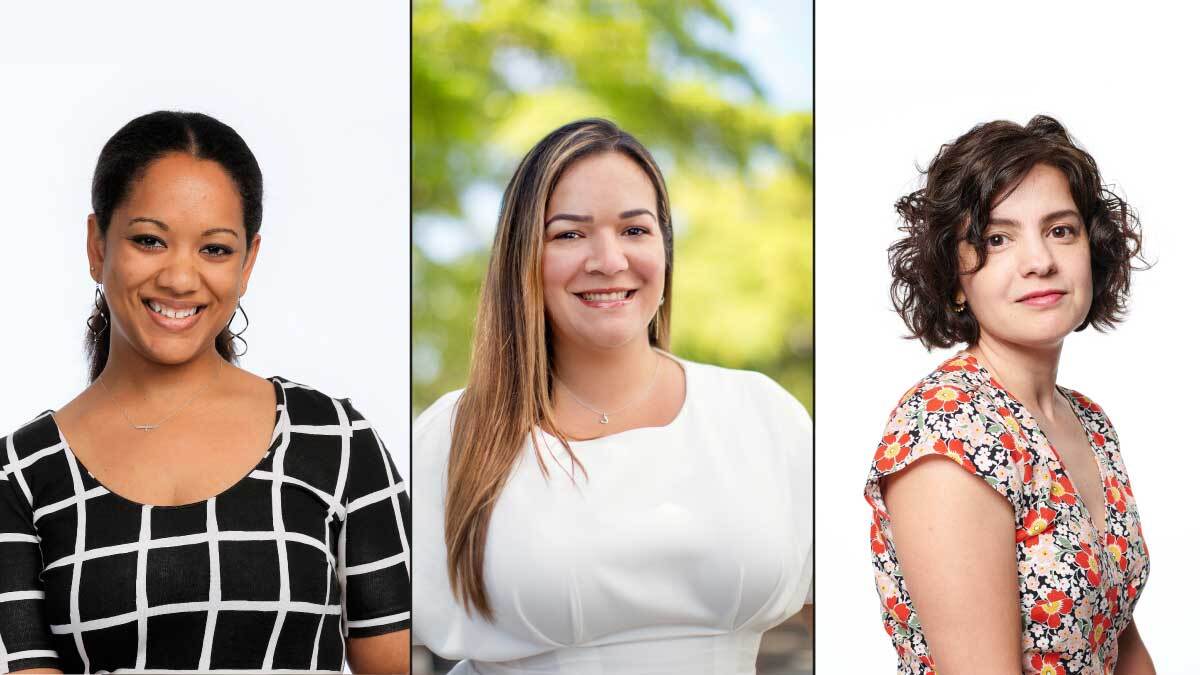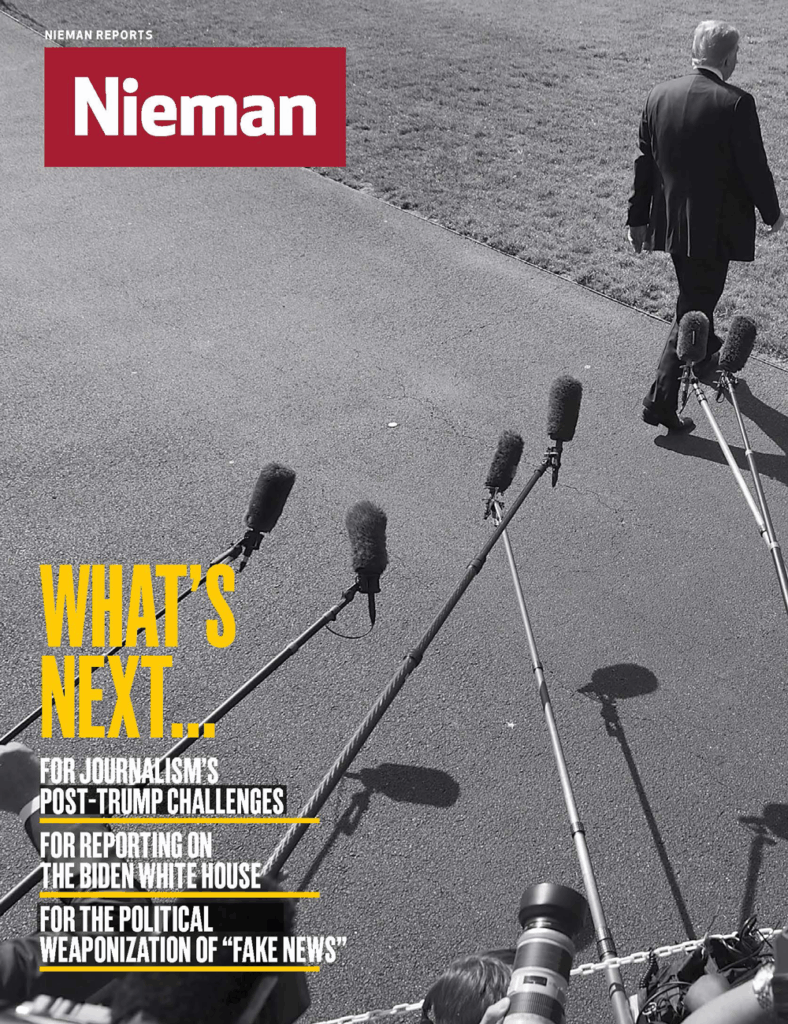At the time I was looking for my first job, newsrooms were trying to become more diverse for a practical reason: to cover communities of color. I remember recruiters getting excited when I told them I spoke Spanish; they were looking for people like me to report on the Latinx community.
The problem with that approach is that it silos communities of color — and the reporters covering them — instead of incorporating them into overall coverage.
More recently, journalists have been talking about newsroom diversity as a moral and ethical imperative. I agree, but my concern is that hiring reporters of color for the sake of doing the right thing alone can devolve into a box-checking exercise. It can also make people of color feel tokenized.
In both cases, what can end up driving the hires is skin color or ethnic background. And such strategies hardly seem to be effective, given people of color are still vastly underrepresented in the news.
My Nieman fellowship got me thinking about what could be a better model. During my year at Lippmann House, I got a glimpse at how diversity can be organic and authentic. My class of fellows is the most diverse group of journalists I’ve ever worked with in terms of race, ethnicity, nationality, interests, and expertise.
During the year we spent together, our differences made our discussions richer, more nuanced, and, yes, more complicated. It was like peeking through a kaleidoscope that constantly shifted my perspective, making me reflect on my bias.
Of course, the diversity of a Nieman class is also engineered. The program’s curators specifically pick fellows with backgrounds they believe can complement and challenge each other. But why can’t newsrooms do that, too?
In the months since I left Harvard, I’ve been working with my fellow fellows Jasmine Brown and Selymar Colón on a project that we hope will help news organizations recreate the kind of diversity we experienced at the Nieman Foundation. We’re calling it Diversifying Journalism, or DiJo (which means “said” in Spanish.)
Our goal is to add more perspectives to the discussions that drive coverage in newsrooms, which we believe would result in better journalism. We also want the public to get that diversity of views through the sources included in stories.
As journalists, we know that under the pressure of a deadline it’s easier to turn to our go-to contacts for a quote. So, we’re creating a crowdsourced database of experts of color that reporters in a rush can quickly consult. We’re inviting doctors, economists, business executives, lawyers — essentially sources in all fields — to submit their names.
We’re building another database for newsroom staff of color. This one, too, will include details about each person’s expertise and background. We’re hoping it will serve as a hiring tool for managers, and spur networking and mentorship among the journalists who join it.
After months of planning, the project is coming together. A few weeks ago, we launched online surveys to crowdsource the databases. We’ve hired a researcher, and we’ve created a logo and a website.
Though we’re no longer at Lippmann, I see DiJo as an extension of our fellowship. It’s helping us learn new skills — and ensuring that we continue brainstorming about how to improve journalism.




